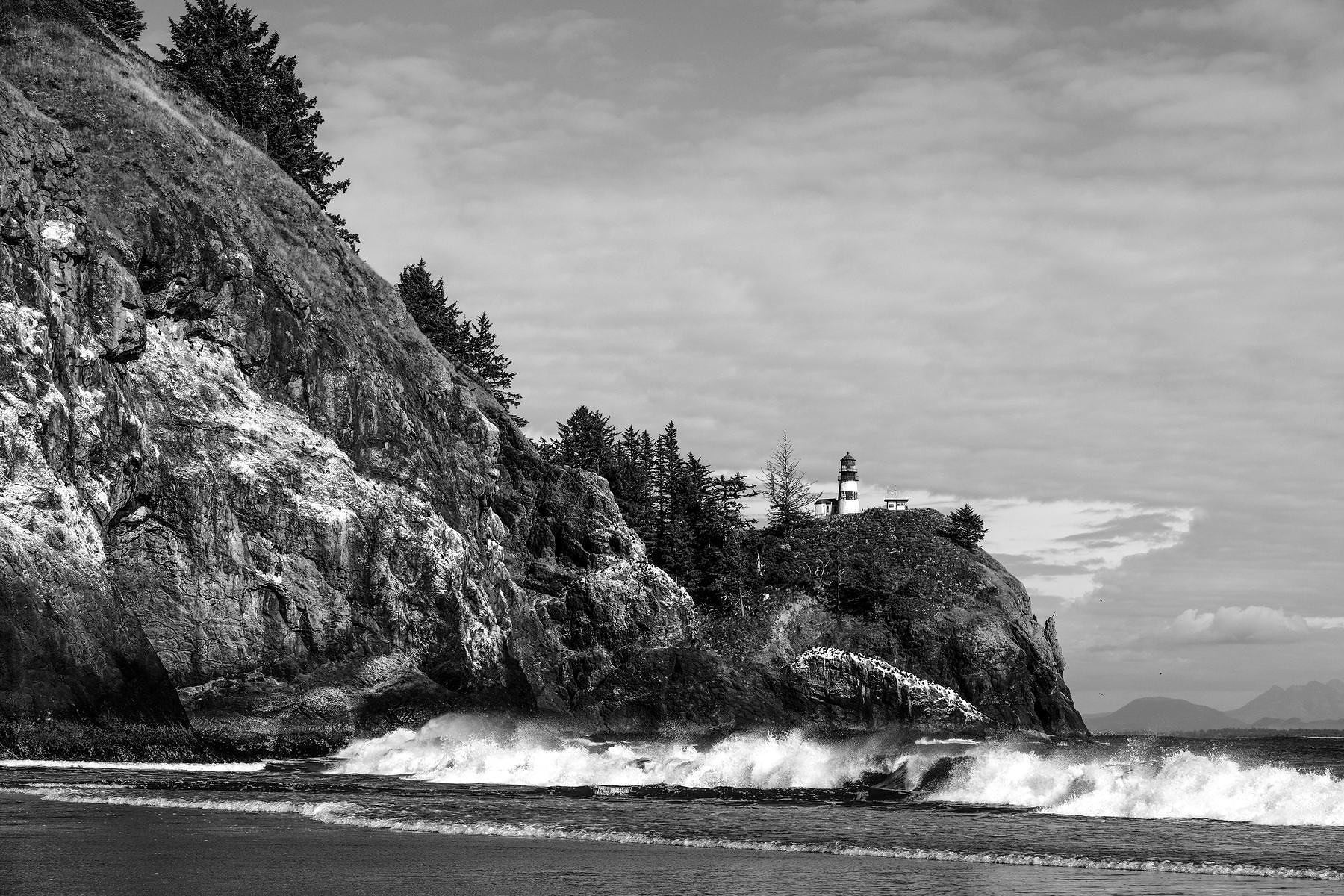A while back I found a really interesting blog post by Peter Evans on using Fujifilm film simulations to emulate the look of famous photographers. It was interesting as a study in using digital technology to reconstruct some of the elements of each photographer’s style, but also because it helped my understanding of the highlight and shadow tone settings gel.
The film simulations are one of my favorite parts of shooting with my Fujifilm cameras, and I love the way the highlight and shadow tone settings can dramatically affect the mood of a photo without needing to do much in Lightroom.
The one frustration I’ve had has been that it’s hard to reconstruct the JPEG output of the X-T2 or X100F when working in Lightroom: You can set the film simulation for a RAW image, but the shadow and highlight tone settings don’t really have direct analogs. You also have to manually set the film simulation. It doesn’t show up in the import. Instead, you get the usual flat, sorta lifeless RAW output to begin with. I’ve found two things to help with that:
- Exploring Exposure has a free Fujifilm presets download that includes shadow and highlight tone bumps. If nothing else, it's a point from which you can start exploring.
- Lightroom Solutions has X-LR, which applies the film simulation you were using when you shot an image to the image in Lightroom automatically. It's a good way to bulk change your images at the top of your workflow.
Learning How the Settings Work
You can always experiment with the different simulations and settings, but that means fiddling around in the field and relying on a tiny display to preview the effect your settings have.
Fujifilm’s RAW Studio software makes it possible to experiment on a big screen by processing images on a hard drive using a tethered X-T2 or X100F: You can load a RAW from the hard drive, tweak the settings you have access to in the camera, then save a JPEG using the camera’s processor. It’s not that different from using the camera’s own built-in JPEG conversion functions (press the “Q” button while viewing an image), but you have the benefit of being able to do it on a large screen to get a better sense of how film simulation, sharpness, noise reduction, and highlight/shadow tone work with each other.
